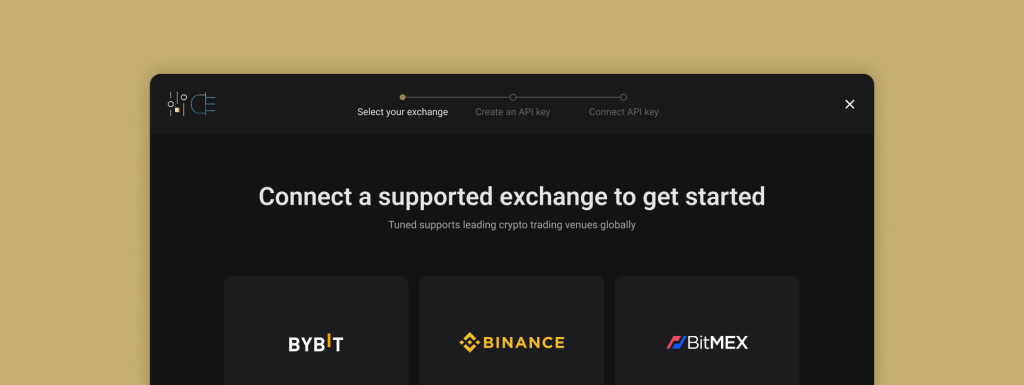Disclaimer: The opinions expressed here are for general informational purposes only and are not intended to provide specific advice or recommendations for any specific security or investment product. You should never invest money that you cannot afford to lose. Before trading using complex financial products, please ensure to understand the risks involved. Past performance is no guarantee of future results.
Every financial market goes through different cycles, commonly known as bear and bull markets. A bull market is characterized as an uptrend with higher highs and higher lows, while a bear market trends down with lower highs and lower lows. Investors enjoy the profitable periods of a bull market, but often assume bear markets are bad. This doesn’t have to be the case though. We’ll show you the perks of a bearish market.
Shorting is now an option
Shorting is the act of borrowing an asset to sell it at its current price and buying back at a later date. In other words, selling now and buying later allows investors to profit from price drops. For example, let’s imagine shorting 1 BTC at $40,000 and closing the position at $30,000, this nets us $10,000, the difference between the initial and the current price ($40,000-$30,000).
Nobody ever complained about bull markets, where trend following or long-biased trading strategies reign supreme. However, a ranging or bearish market unlocks other categories of strategies, like gridbots and long-short bots. By trading both uptrends and downtrends, we can theoretically double the potential returns a strategy can generate.
One of the most famous examples of shorting is from Michael Burry, a hedge fund manager who bet heavily and successfully predicted the market crash of 2008. His story was later popularized in the movie The Big Short.
From dollar-cost averaging to riches
A bull market can be thought of as a “take profit” market. The highest returns achieved are from investors who bought an asset during a bear market and sold it during a bull. This strategy becomes obvious when we take a look at Bitcoin’s historic prices.
The period between 2018 to the end of 2020 is considered a bear market by many. We can see a downward trend and a failure to break the all-time high set in 2017. During this period, Bitcoin dropped to around $3,000. Any investor who bought at this level would be looking at an approximate 20x return on their investment if they sold just 2 years later. This is a best-case scenario though, and not realistic for the average investor. Let’s take another approach. Assuming an investor dollar cost averaged (DCA) by buying Bitcoin at the end of every quarter starting in 2018 until 2021. We get the following entries:
| Date | Bitcoin Price |
|---|---|
| 31 March 2018 | $6900 |
| 30 June 2018 | $5900 |
| 30 September 2018 | $6600 |
| 31 December 2018 | $3800 |
| 31 March 2019 | $4100 |
| 30 June 2019 | $11900 |
| 30 September 2019 | $8200 |
| 31 December 2019 | $7300 |
| 31 March 2020 | $6500 |
| 30 June 2020 | $9200 |
| 30 September 2020 | $10800 |
| 31 December 2020 | $19700 |
If we calculate the average cost (purchase prices divided by the number of buys), we get an $8400 entry. Comparing this value with the $69,000 high reached in 2021, we get an 8x return. So while the return was lower, it took no effort to execute.
Accumulate crypto or fiat?
With cryptocurrency, traders are usually split between Coin-Margined Futures or those who prefer Spot and Stablecoin-Margined Futures. For context, Coin-Margined Futures are paid in the base currency, so a winning BTC/USD trade will increase your BTC holdings. Imagine accumulating more BTC while it went from 10k to 60k. On the other hand, Stablecoin-Margined Futures and Spot rewards are paid in the quote currency. A winning BTC/USDT trade in this case will result in more USDT. You may find these are more useful in bear markets, where preserving wealth is crucial. As an investor, the decision to accumulate coins vs. stablecoins will also be influenced by your long-term outlook on each project.
| Stablecoin-Margin | Coin-Margin |
|---|---|
| Non-volatile | Volatile |
| Collateral doesn’t appreciate in $ value | Collateral may appreciate in $ value |
| Higher trading volume | Lower trading volume |
| High number of trading pairs | Low number of trading pairs |
What should I do?
There’s no right answer to which approach is best. Risk aversion and confidence in the projects you invest in must be considered, and differ between everyone. Let’s consider the traditional equities market for a moment. There are those whose investing method relies on picking stocks from companies they believe will experience growth, while there are others who trade solely based on predictions stemming from their technical analysis. Are you willing to spend the time required to daytrade? If not, options such as trading bots and dollar cost averaging exist. The final choice is up to you.







